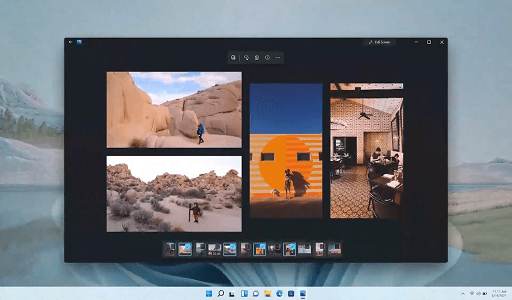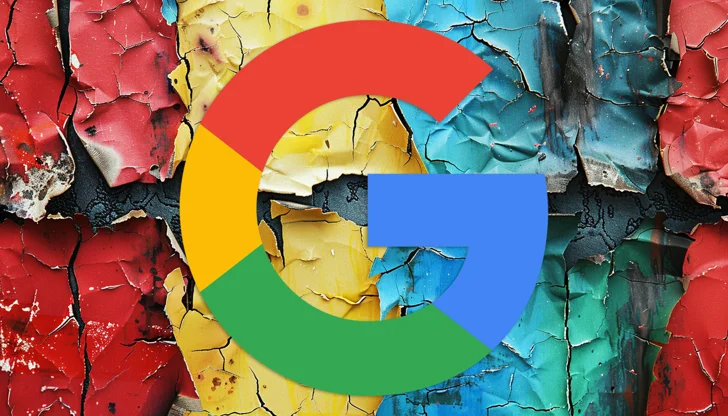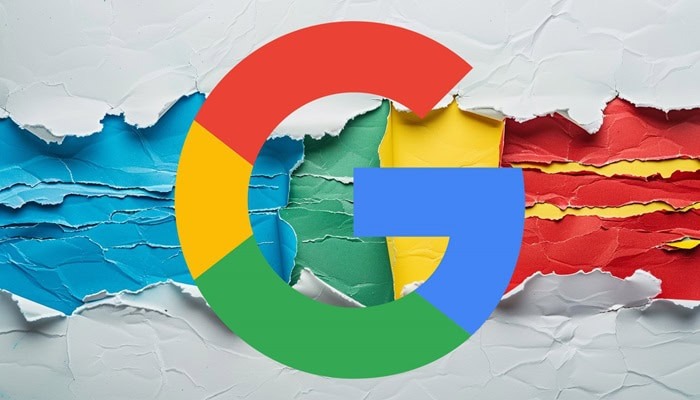Google has recently updated its documentation on rel=canonical to provide clarity on how the extraction of rel=canonical annotations is handled. The purpose of this clarification is not to signal a change in Google’s approach to rel=canonical annotations but rather to explicitly articulate the processing methods used by Google.
What is Rel=Canonical?
The “rel=canonical” attribute is a markup used in HTML to indicate the preferred version of a web page when multiple versions of the same content exist or when similar content appears on different URLs.
When search engines encounter multiple versions of the same content, they may have difficulty determining which version to prioritize in search results. The rel=canonical attribute helps address this issue by specifying the canonical URL, which signals to search engines the preferred URL to index and display in search results.
For example, if you have two URLs that contain identical or very similar content, you can add the rel=canonical attribute to one of the URLs to indicate that it is the preferred version. This helps consolidate the search ranking signals for that content and prevents duplicate content issues.
The canonical link relation, as outlined in RFC 5988, has always been the reference standard in Google’s documentation for defining how the link relation canonical is used. RFC 5988 is a standard established by the Internet Engineering Task Force (IETF) that sets specifications for various Internet and networking technologies. Specifically, it defines standards related to the HTML rel link attribute.

In the context of HTML webpages, an HTML element serves as a fundamental building block, and attributes can extend these elements. The Link element, in this case, is modified by the Rel attribute.
RFC 6596 defines the rel link attribute.
“RFC 5988 specifies a way to define relationships between links on the web. This document describes a new type of such a relationship, “canonical”, to designate an Internationalized Resource Identifier (IRI) as preferred over resources with duplicative content.
…Common implementations of the canonical link relation are to specify the preferred version of an IRI from duplicate pages created with the addition of IRI parameters (e.g., session IDs) or to specify the single-page version as preferred over the same content separated on multiple component pages.”
This implies that the canonical link element serves to identify instances where another document is duplicative, establishing which one is considered the preferred original. These criteria form the basis for Google’s processing of the canonical link element.
The Modifications to Canonical Documentation
The changes made to the Search Central Documentation were targeted at rel=”canonical” link annotations, addressing scenarios beyond the specification of duplicative documents, along with some minor and inconsequential alterations to the page.
Google revised the following statement:
“Google supports rel canonical link annotations as described in RFC 6596.”
The change is limited to adding the word explicit:
“Google supports explicit rel canonical link annotations as described in RFC 6596.”
Although this alteration might appear insignificant, it is actually the central point of the documentation revision, emphasizing that Google remains aligned with the standards outlined in RFC 6596.
The subsequent modification involves
“rel=”canonical” annotations that suggest alternate versions of a page are ignored; specifically, rel=”canonical” annotations with hreflang, lang, media, and type attributes are not used for canonicalization.
Instead, use the appropriate link annotations to specify alternate versions of a page; for example, link rel=”alternate” hreflang for language and country annotations.”
This indicates that “canonical” should not be used to designate something other than a duplicative webpage, such as a page in another language or media. Instead, it is preferable to use “alternate.”
This change does not signify a shift in how Google uses or disregards canonical or alternate link elements.
Google’s changelog documentation elaborates on this:
“Clarifying the extraction of rel=”canonical” annotations
What: Clarified that rel=”canonical” annotations with certain attributes are not used for canonicalization.Why: The rel=”canonical” annotations help Google determine which URL of a set of duplicates is the canonical. Adding certain attributes to the link element changes the meaning of the annotation to denote a different device or language version. This is a documentation change only; Google has always ignored these rel=”canonical” annotations for canonicalization purposes.”
You can read the full updated version on Google here
Would you like to read more about Google Updates on Rel=Canonical Documentation? If so, we invite you to take a look at our other tech topics before you leave!
Use our Internet marketing service to help you rank on the first page of SERP.












